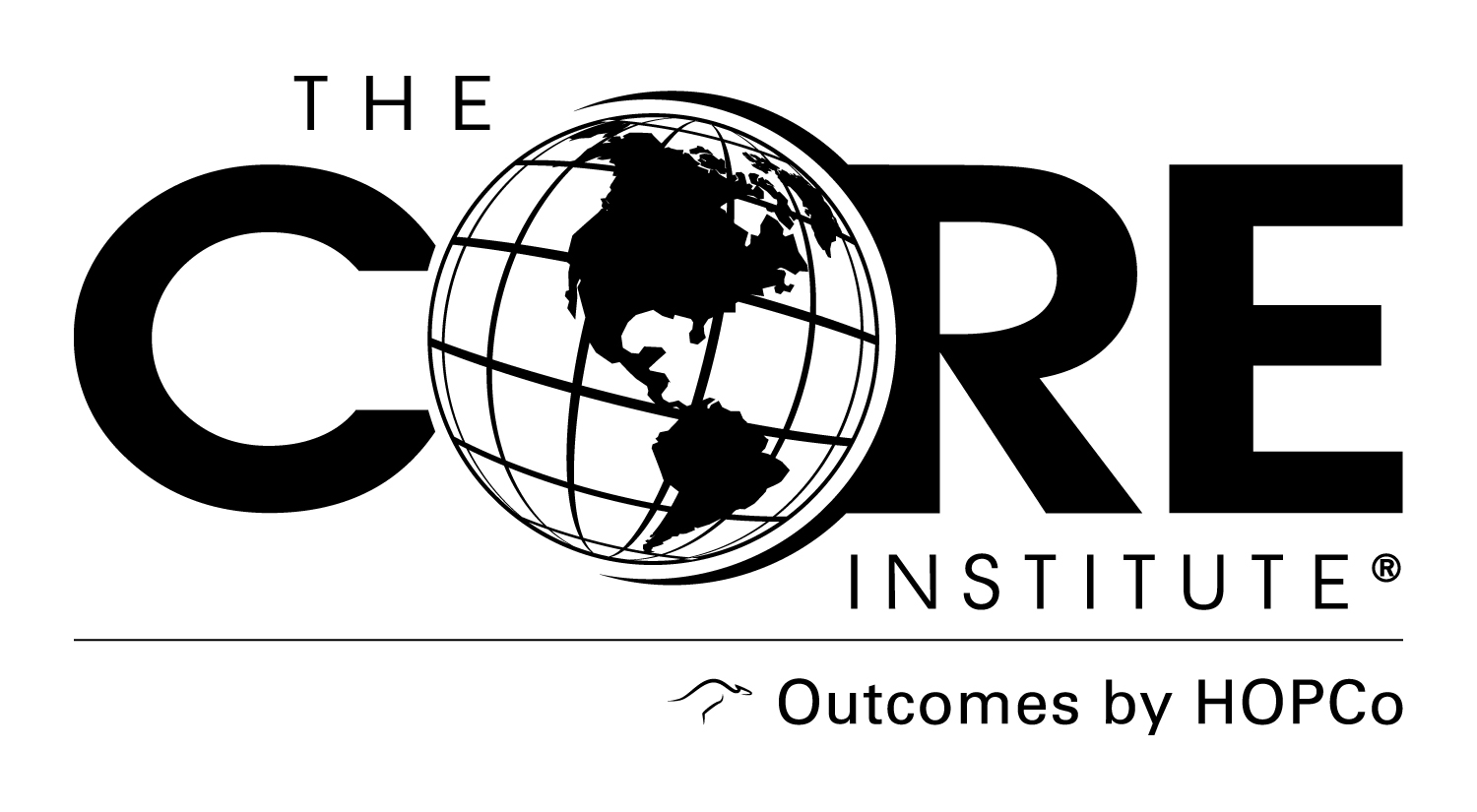Consistent with its innovative approach to musculoskeletal medicine, The CORE Institute now offers Mako™ robotic-arm assisted joint replacement surgery in both its Arizona and Michigan locations. The CORE Institute Specialty Hospital was the first facility in the Southwest to provide total knee replacement using Mako™ robotic-arm assisted surgery, and a Mako™ system was added to the Michigan location last December. The minimally invasive technology is now available at both locations for partial knee, total knee and total hip replacements.
“The CORE Institute prides itself for being at the cutting edge of technology and utilizing the latest techniques for our joint replacement surgeries,” says Steven Myerthall, MD, an orthopedic surgeon at The CORE Institute. “We’re known for being at the forefront of technological changes in orthopedic surgery and it is exciting to be able to provide that technology to our patients.”
Personalized Surgery
Mako™ robotic-arm assisted surgery enables orthopedic specialists to provide their patients with a state-of-the-art surgical experience tailored to their particular diagnosis and unique anatomy. The system’s precision allows the surgeon to resurface bone damaged by osteoarthritis while preserving surrounding healthy tissue. Compared to traditional surgery, Mako™ technology also allows more accurate placement and alignment of a patient’s implant.
“One of the advantages of the Mako™ system is the ability to plan out the surgery in a three-dimensional environment,” says David Markel, MD, Michigan Market President and an orthopedic surgeon at The CORE Institute in Michigan. “Having a precise surgical plan allows you to put implants in exactly how you want them.”
Prior to the procedure, a patient undergoes a CT scan of their hip or knee. The scan is uploaded to the Mako™ system, providing a 3D digital map of the surgical site. The medical team uses the digital model to create a blueprint for surgery.
“Because we use 3D imaging as opposed to 2D X-rays and because we can fine-tune the preoperative plan at the time of surgery based on how we identify the anatomy, we are able to be more precise,” says Dr. Myerthall.
During Mako™ robotic-arm assisted surgery, the surgeon guides the robotic arm to resurface the joint and secure an implant so the hip or knee can move smoothly again. The surgeon is in control of the robotic arm at all times and can make adjustments to the plan as needed.
“By using CT guidance and computer-aided navigation we are able to specifically guide how we’re putting in the implants,” says Dr. Markel. “Our ability to be precise ensures greater soft tissue protection than traditional surgery.”
All Gain, No Pain
Mako™ robotic-arm assisted surgery offers numerous advantages over traditional surgery. Patients typically are up and walking around within hours of their surgery. Most patients recovering from robotic-assisted joint replacement surgery are able to return home after one day in the hospital and with the benefit of physical therapy, they are able to resume their daily activities without pain.
“With the Mako™ system, our patients enjoy a quicker return to activities, decreased levels of post-operative pain and decreased requirements of post-operative pain medication,” says Dr. Myerthall.
Schedule an appointment to help keep your life in motion.
- Check Your Spine - April 14, 2021
- 10 Tips For Your Best Home Workout - April 14, 2021
- Faster Orthopedic Service… No Appointment Necessary! - April 14, 2021
